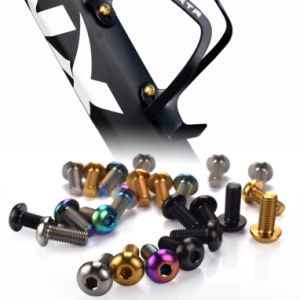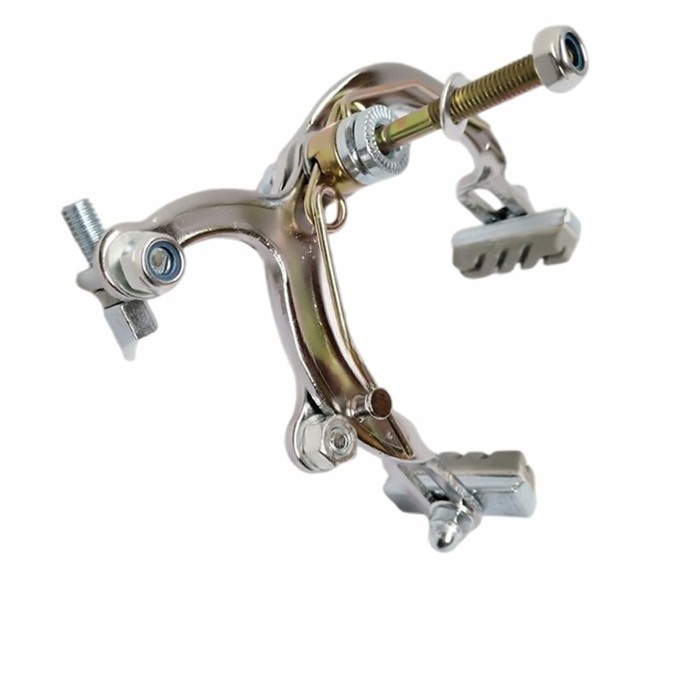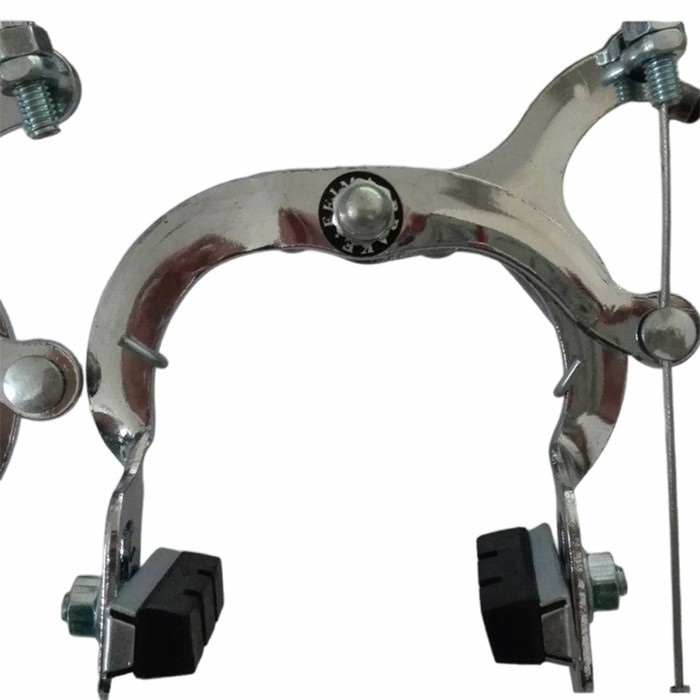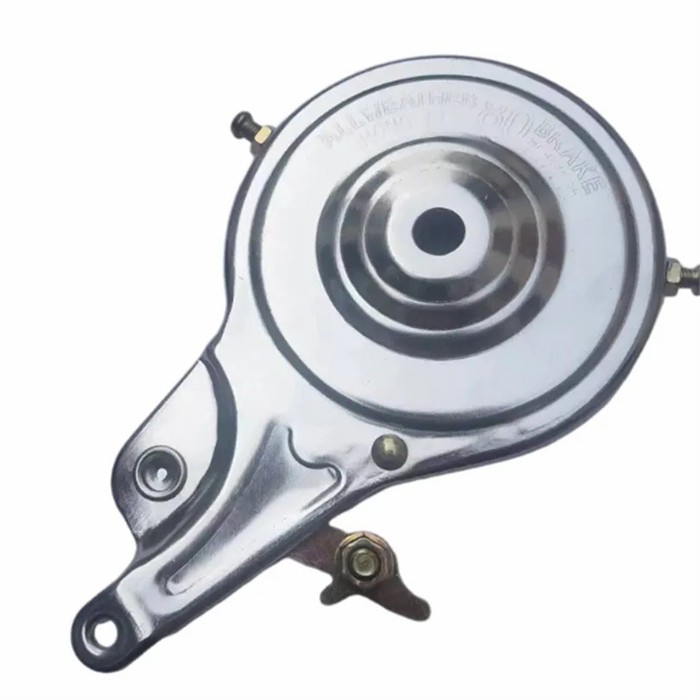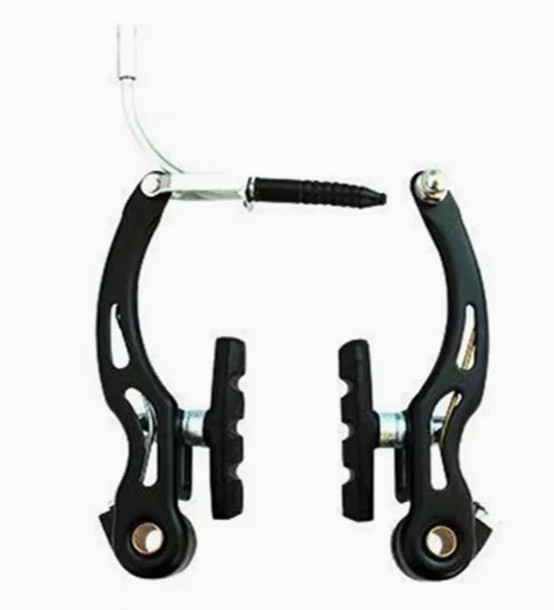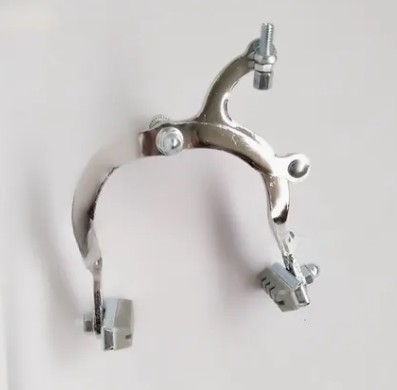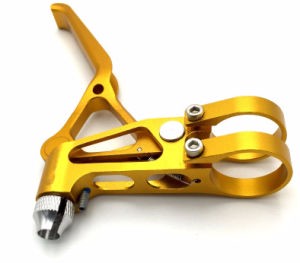Welcome!
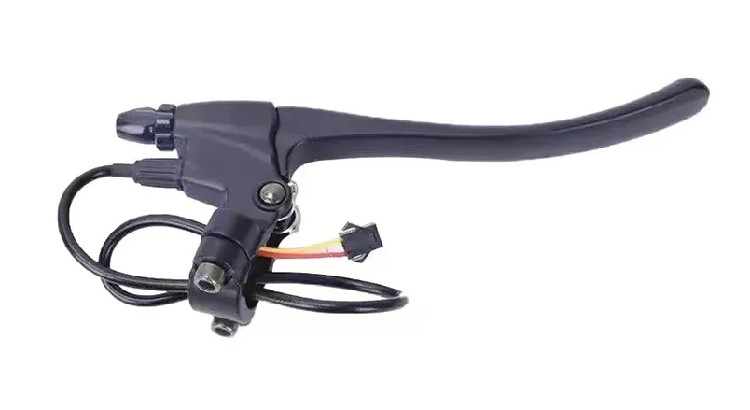

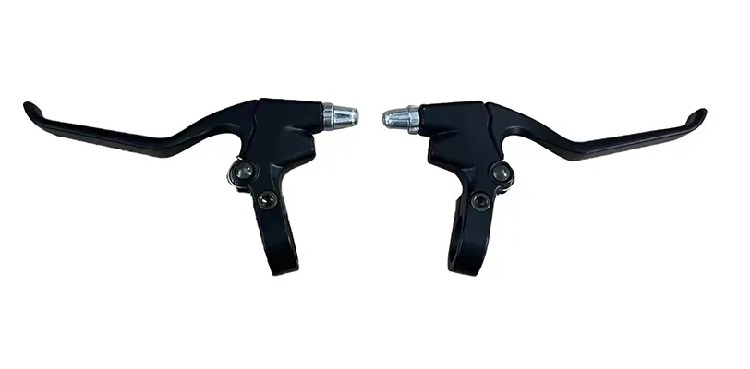
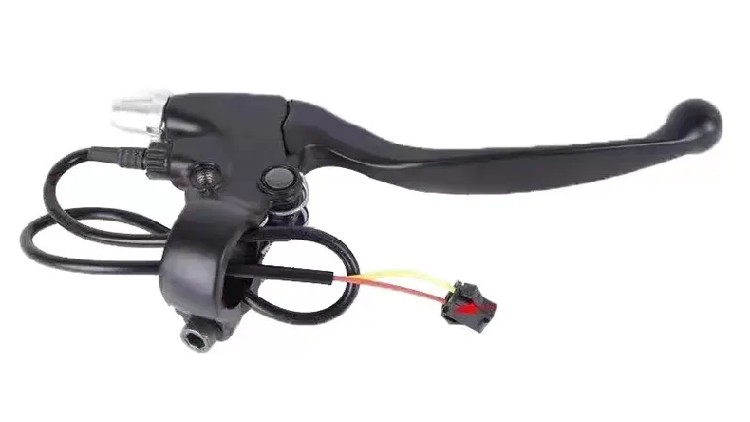
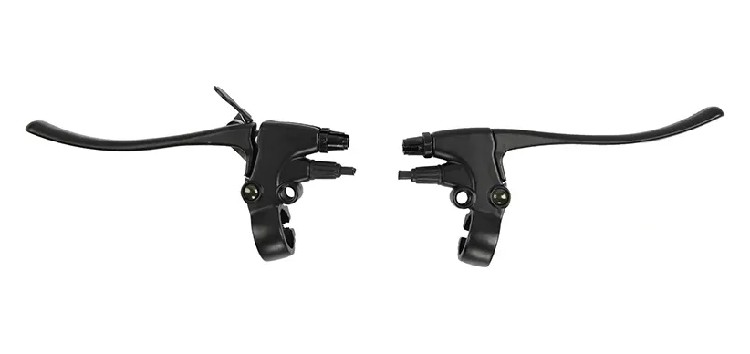
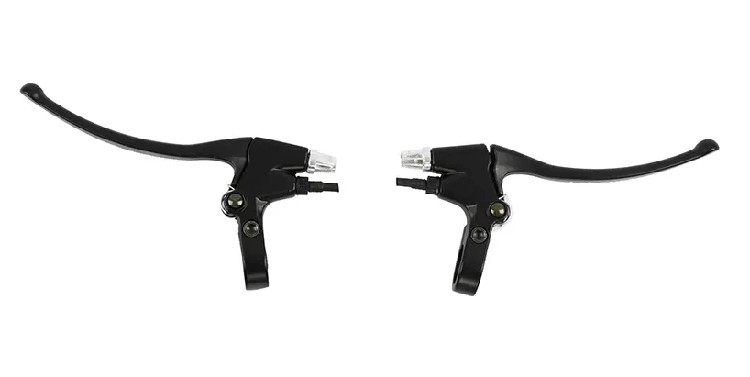
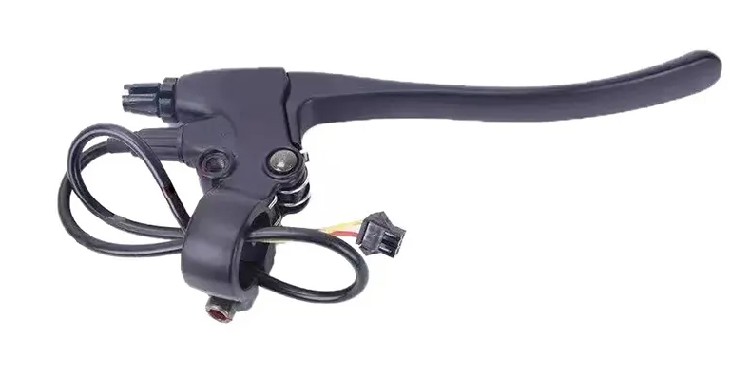
The Ultimate Guide to Bicycle Brakes: Ensuring Safety and Performance on Every Ride
Basic Info
| Model NO. | FC-B313 | Origin | China | Production Capacity | 10000/Month |
|---|---|---|---|---|---|
| Specification | None | Transport Package | PP | Type | Brake |
Product Description
When it comes to cycling, safety isn’t just a priority; it’s the foundation of every enjoyable ride. One of the most critical components that contribute to your safety and overall cycling experience is your bicycle brakes. From city commuting to mountain biking, choosing the right braking system can make all the difference. This comprehensive overview delves into the key features, benefits, and applications of various bicycle brake types, helping you make informed decisions for optimal performance.

Understanding Bicycle Brakes: Types and Core Features
Bicycle brakes are mechanisms designed to slow down or stop a bicycle by applying friction to the wheels. They vary widely depending on the bike’s intended use, terrain, and rider preferences. The most common types include rim brakes, disc brakes, drum brakes, and coaster brakes, each with unique strengths tailored for specific riding situations.
1. Rim Brakes: Traditional and lightweight, rim brakes operate by pressing brake pads against the wheel rim. They are easy to adjust and maintain, making them ideal for road bikes and urban commuting. However, their effectiveness can decrease in wet or muddy conditions, as the braking surface becomes less grippy.
2. Disc Brakes: Utilizing a rotor mounted on the hub, disc brakes provide superior stopping power and consistency across various terrains and weather conditions. They are favored in mountain biking, cyclocross, and hybrid bikes. Hydraulic disc brakes, in particular, offer smooth and powerful braking with less manual effort, while mechanical disc brakes are more accessible for DIY adjustments.
3. Drum Brakes: Encased within the hub, drum brakes are common in commuter bikes and city bikes due to their durability and weather resistance. They offer reliable braking with minimal maintenance but are typically heavier and less responsive compared to disc or rim brakes.
4. Coaster Brakes: Integrated into the rear hub, coaster brakes activate automatically when the rider pedals backward. They are simple and low-maintenance, perfect for casual or cruiser bikes in flat terrains.

Benefits and Advantages of Modern Bicycle Brakes
Each brake type offers distinct advantages that influence rider safety, comfort, and bike handling:
1. Enhanced Safety: Reliable braking response in all weather conditions reduces accident risk.
2. Consistent Performance: Especially with hydraulic disc brakes, braking remains stable regardless of terrain or moisture.
3. Ease of Use: Modern mechanical and hydraulic systems require less manual effort, reducing fatigue on long rides.
4. Low Maintenance: Components like drum brakes often need fewer adjustments, ideal for urban settings.
5. Application Versatility: Different brake options suit various cycling disciplines from high-speed road racing to rugged mountain biking.
Choosing the right brakes depends heavily on your riding style, terrain, and maintenance willingness. A mountain biker might prioritize powerful hydraulic disc brakes for rough trails, whereas a city commuter could prefer low-maintenance rim or drum brakes.

Applications and Use Cases for Bicycle Brakes
Identifying the perfect braking system involves matching your bike and riding environment with the appropriate brake type. Urban cyclists benefit from rim or mechanical disc brakes due to their lightweight and quick responsiveness. Mountain bikers often prefer hydraulic disc brakes, capable of handling steep descents and muddy trails with ease. Touring cyclists look for reliable, low-maintenance options like drum brakes to ensure long-term performance. Meanwhile, casual riders on flat terrain may comfortably use coaster brakes, enjoying simplicity and reliability.

Common Questions & Expert Answers
Q1: Are disc brakes better than rim brakes for everyday city riding?
Yes, especially hydraulic disc brakes, as they perform consistently in all weather conditions and require less effort to operate. They also offer superior stopping power, which enhances safety during sudden stops.
Q2: How often do brake pads or shoes need replacement?
It varies based on usage and terrain, but generally, brake pads may last anywhere from 1,000 to 5,000 miles. Regular inspection ensures timely replacements, maintaining braking performance and safety.
Q3: Can I upgrade my bike from rim brakes to disc brakes?
In many cases, it’s possible but involves some modifications such as frame and fork compatibility, new wheels, and compatible calipers. Consulting with a professional mechanic ensures an optimal upgrade.
Q4: Are hydraulic brakes difficult to maintain?
They require some specific routine maintenance like bleeding the system to remove air bubbles. However, many riders find the performance benefits outweigh the maintenance effort especially with professional service.
Q5: What is the recommended brake system for a beginner cyclist?
Mechanical disc brakes or high-quality rim brakes are excellent choices for new riders, offering a balance of performance, ease of maintenance, and affordability.

Making the Right Choice for Your Ride
Choosing the appropriate bicycle brakes involves understanding your riding style, terrain, and maintenance preferences. Reliable, efficient brakes not only improve safety but also elevate your overall cycling enjoyment. Whether you’re racing down mountain trails, commuting through city streets, or leisurely cruising, there’s a brake system designed to meet your needs.
Ultimately, a well-designed braking system enhances confidence and control on every ride, making cycling safer, more enjoyable, and more accessible for everyone.

Recommended Products
Recently Viewed
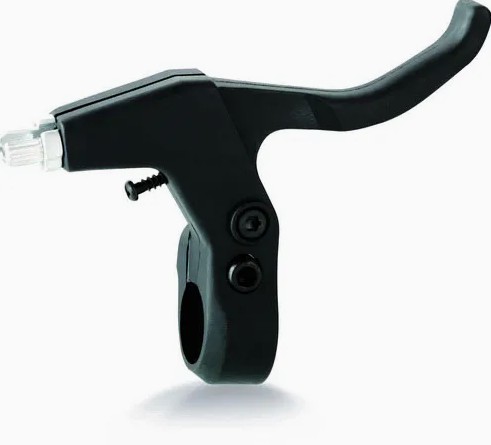 Enhance Your Ride's Safety and Performance with Premium Bicycle Brakes
Enhance Your Ride's Safety and Performance with Premium Bicycle Brakes The Ultimate Guide to Bicycle Brakes: Ensuring Safety and Performance on Every Ride
The Ultimate Guide to Bicycle Brakes: Ensuring Safety and Performance on Every Ride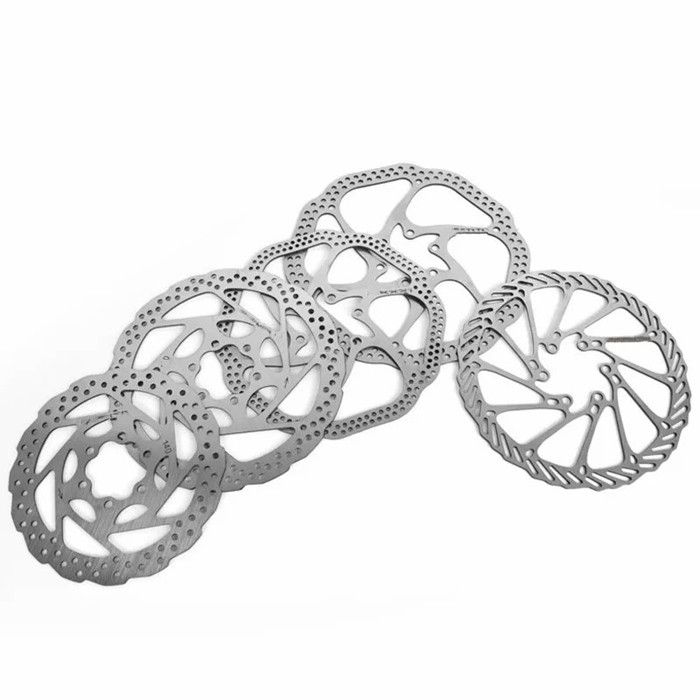 Bicycle Disc Brakes: The Ultimate Guide to Unmatched Stopping Power
Bicycle Disc Brakes: The Ultimate Guide to Unmatched Stopping Power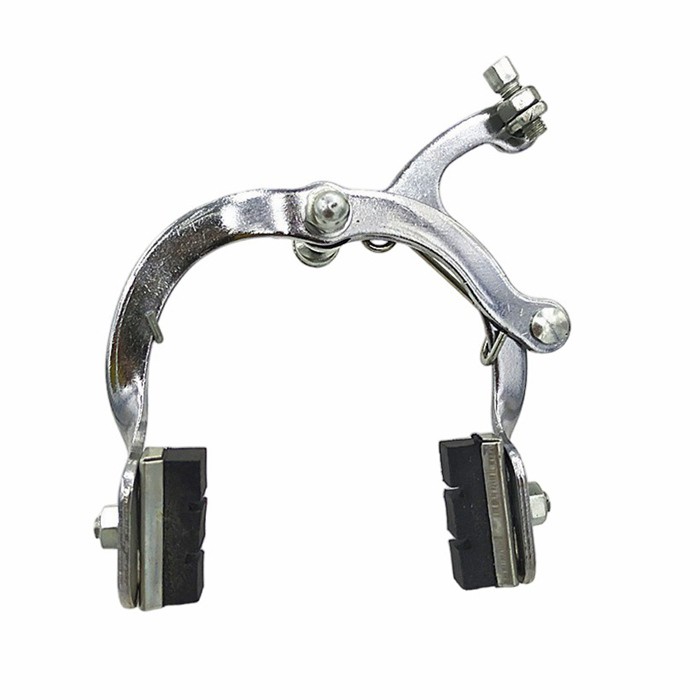 Your Guide to Bicycle Brakes: Safety, Performance, and Choosing the Right System
Your Guide to Bicycle Brakes: Safety, Performance, and Choosing the Right System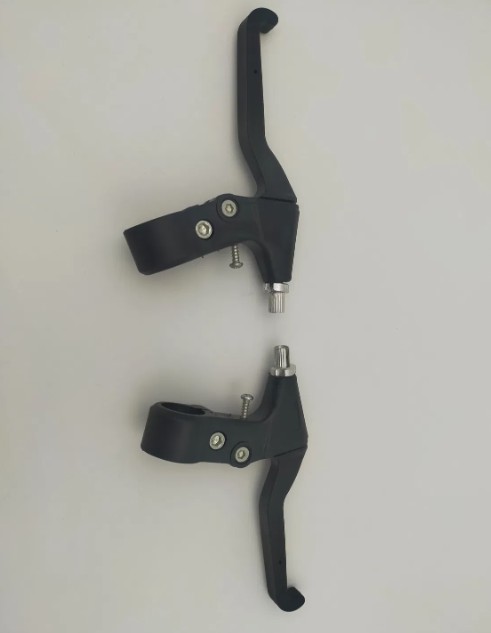 Mastering Control and Safety: A Comprehensive Guide to Bicycle Brakes
Mastering Control and Safety: A Comprehensive Guide to Bicycle Brakes
Contact Us
FOCAN ELECTRONIC FACTORY




